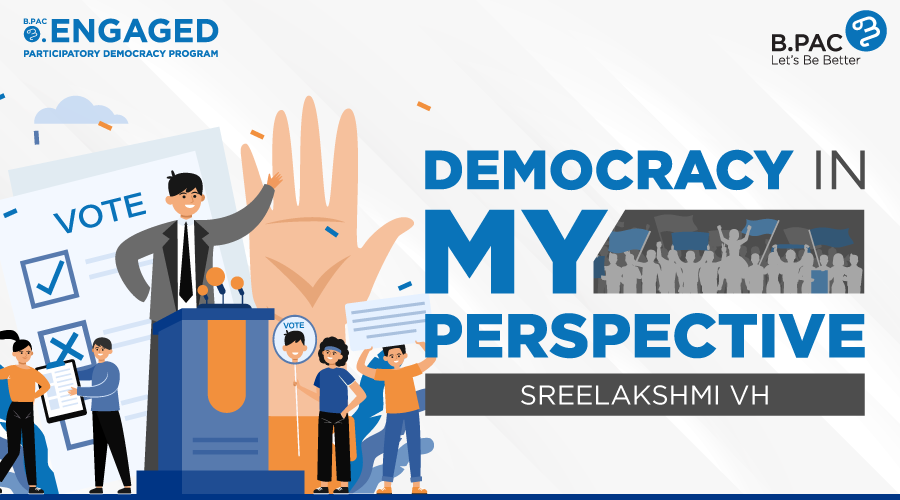A directly elected mayor should be a political option, not a constitutional decree.
Each time an Indian city is hit by a major urban crisis, we hear exasperated queries about why our cities are so dysfunctional. While there are multiple reasons for India’s urban woes, one of the underlying problems is the absence of powerful and politically accountable leadership in the city. Our cities have a weak and fragmented institutional architecture in which multiple agencies with different bosses pull the strings of city administration. Understandably, the most touted urban governance reform is that of having a directly elected Mayor. Recent reports indicate that Prime Minister Narendra Modi is keen on this reform and has asked the Urban Development Ministry to consider ways of introducing it.
Mayoral reform has now made its way into Parliament with Shashi Tharoor introducing a private member’s bill to amend the Constitution for strengthening local governments. While the chances of any private member’s bill, least of all a Constitution Amendment, becoming law is extremely low, it plays an important role in shaping parliamentary and public discourse. The bill aims to establish strong leadership for cities by providing for a directly elected and empowered Mayor. It also touches the right notes on other key urban governance reforms such as mandating the constitution of area sabhas and ward committees and strengthening the devolution of functions to local governments. However, it is the attempt to mandate directly elected Mayors for all municipalities that raises some questions.
An empowered Mayor
The passage of the 74th Constitution Amendment in 1992 resulted in Urban Local Bodies (ULBs) — Nagar Panchayats, Municipal Councils and Municipal Corporations — becoming a constitutionally recognised “institution of self-government”. However, it did not prescribe the manner of election, tenure or powers of the Mayors/Chairpersons of ULBs. Mr. Tharoor’s bill seeks to alter this. It mandates the direct election of the Mayor, fixes the Mayor’s term to be coterminous with that of the municipality, and makes the Mayor the executive head of the municipality.
Vesting the executive powers of the municipality with the Mayor would be a very positive move. Most Indian cities still follow the Commissionerate system of municipal administration, a British legacy, in which the State government-appointed Commissioner is the executive head of the city while the Mayor has a largely ceremonial role. This is an anomaly. In a democracy, executive power should vest with a person or a body that is democratically accountable. However, this does not necessitate the Mayor to be directly elected. After all, we do not directly elect the Prime Minster or the Chief Minister. Still they enjoy wide powers and are democratically accountable. Mayors do not enjoy similar powers not because they are not directly elected, but because State governments exercise enormous control over ULBs — politically, administratively and financially.
For responsive urban governance, we need a powerful political executive in the city with more autonomy, whether directly or indirectly elected. An empowered executive at the city can also be achieved through an indirectly elected “Mayor-in-Council” system in which, much like the cabinet system in Parliament, the Mayor has to maintain the support of the majority of the council. There is little evidence to suggest that directly elected mayors are better. In fact, States like Rajasthan and Himachal Pradesh which introduced directly elected Mayors reversed the decision due to the difficulties posed by such a system.
A fundamental issue with a directly elected Mayor is that instead of enabling efficiency, it might actually result in gridlock in administration, especially when the Mayor and the majority of elected members of the city council are from different political parties. Notably, Mr. Tharoor’s bill gives the Mayor veto powers over some of the council’s resolutions and also lets the Mayor nominate members of the Mayor-in-Council and vest it with powers. Essentially, it centralises power in the hands of the Mayor and his nominees and creates a political executive which neither enjoys the support of the elected council nor needs its acquiescence for taking decisions.
Devolution is the key
A more fundamental question to consider is this: even if a directly elected mayoral system is a relatively good reform, should it be made mandatory for all municipalities under the Constitution? India is one of the few countries where the powers of the local government are laid out in the federal Constitution. However, local government is still under List II of the Seventh Schedule of the Constitution. Hence only the State is empowered to make laws on this subject. In such a federal system, constitutional provisions should only lay down the broad institutional framework for local governments. But since States are often reluctant to devolve functions to local government, it makes sense to mandate such devolution in the Constitution. However, the Constitution may not be the ideal instrument for prescribing the manner in which the head of a local government is elected.
More cities should perhaps institute a directly elected mayor. But making it the only way through which Mayors can be elected limits the options of cities and States. Perhaps Mr. Tharoor should first make efforts to have it introduced in Thiruvananthapuram, his constituency, before attempting to institute it in ULBs across India. An empowered political executive for the city can be achieved in multiple ways, including a directly elected mayor. When the U.K. sought to reform local governments, a directly elected mayor was only one of the three options given to the local governments. India’s stagnating urban governance system needs major reform, but it shouldn’t be driven by using a sledgehammer. Creating an empowered and accountable political executive for cities is important, but a directly elected mayor should be a political option, not a constitutional decree.
This article was first published in The Hindu on August 23, 2016.





